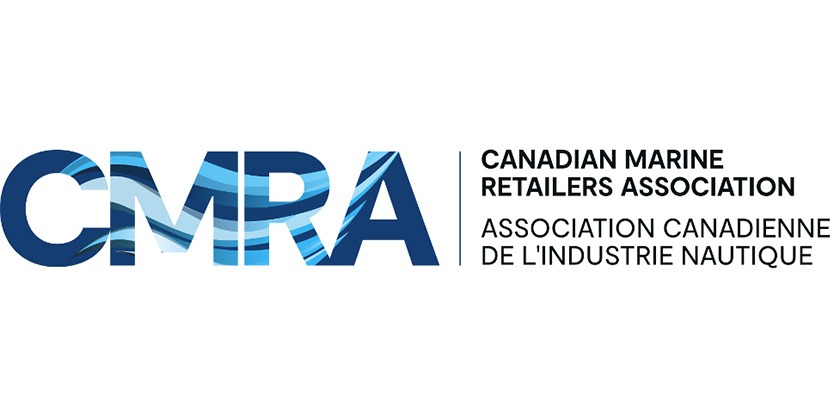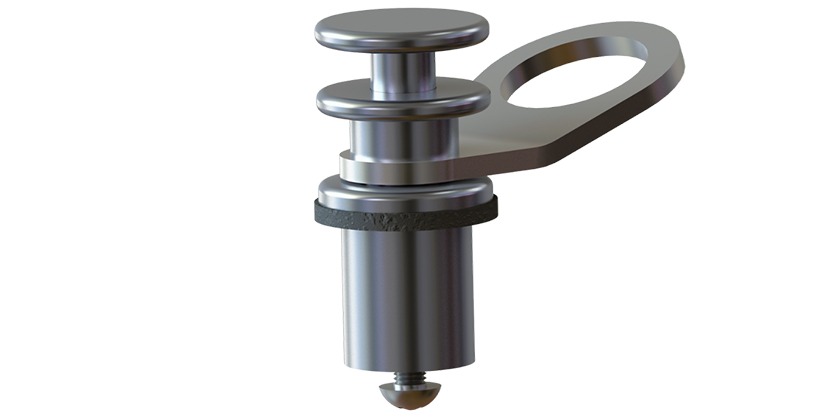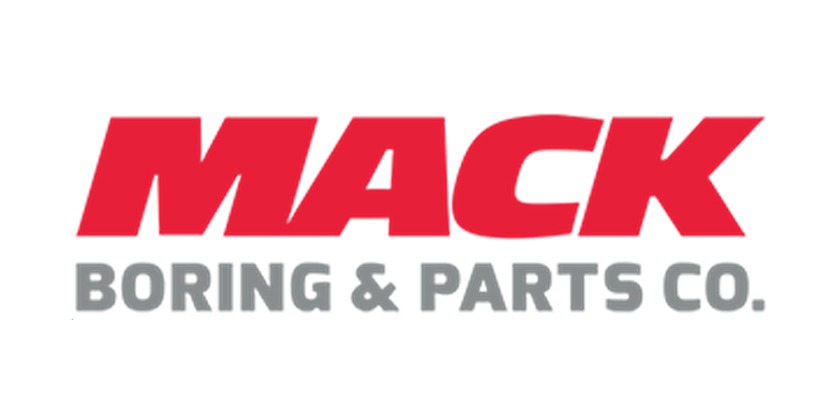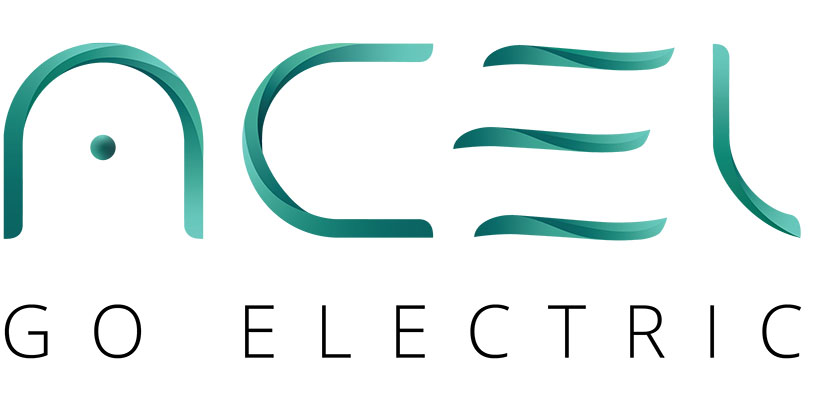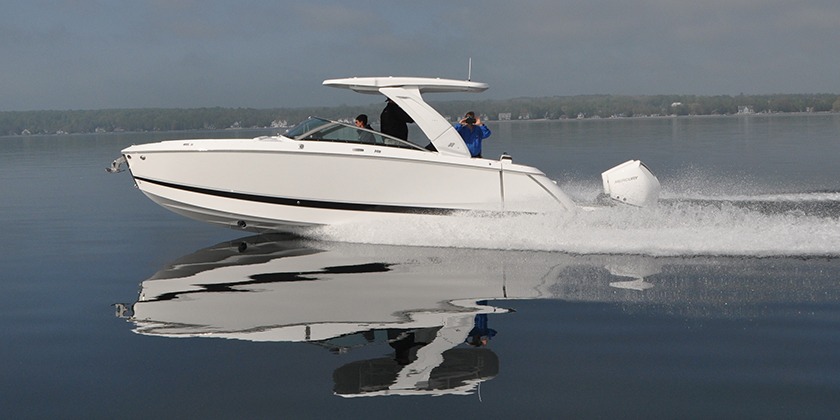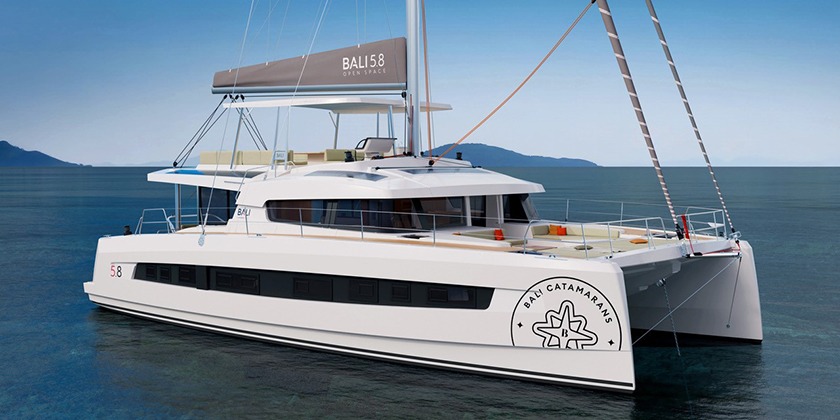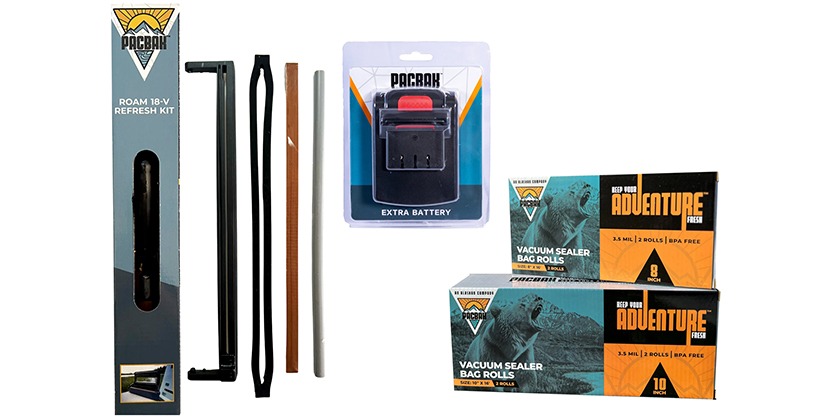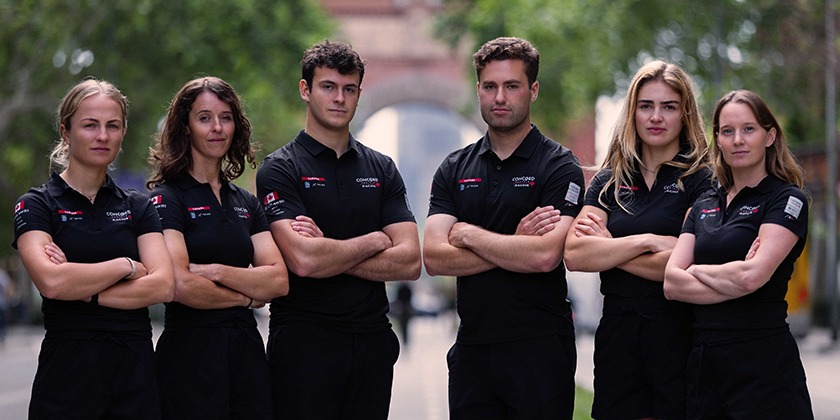What is CAN Bus and how does it work?

July 17, 2023
From their July 13, 2023 newsletter, Actisense has provided this great educational resource to help people understand what CAN Bus is and how it works.
CAN Bus, short for Controller Area Network Bus, is a widely used communication protocol in the automotive and industrial automation industries. It is a network technology that allows various electronic devices and sensors to communicate with each other efficiently.
Understanding the Basics of CAN Bus
CAN Bus is a robust and reliable communication system that enables real-time data transmission between different components of a system. It was initially developed by Robert Bosch GmbH in the 1980s for in-vehicle communications.
Definition of CAN Bus
CAN Bus is an asynchronous serial communication protocol that uses a differential signalling scheme to transmit data over a twisted pair of wires. It employs a message-based communication model, where individual devices on the network can send and receive messages known as data frames.
History and Development of CAN Bus
The development of CAN Bus technology can be traced back to the 1980s when Robert Bosch GmbH recognized the need for a reliable communication protocol for automotive applications. It was initially used in cars to replace complex wiring harnesses and to provide a more flexible and efficient means of interconnecting various electronic control units (ECUs).
As the automotive industry evolved, the demand for advanced features and functionalities increased. This led to the need for a communication system that could handle the growing complexity of in-vehicle electronics. CAN Bus proved to be the ideal solution, offering a reliable and efficient means of communication.
Over time, the CAN Bus protocol gained popularity due to its reliability and simplicity. It became an international standard (ISO 11898) in 1993 and has since undergone several revisions and updates to enhance its capabilities.
Today, CAN Bus is not only used in automotive applications but also finds applications in various other industries such as industrial automation, aerospace, marine and medical devices.
Key Features of CAN Bus
CAN Bus offers several key features that contribute to its widespread adoption in various industries:
• High Reliability: CAN Bus is known for its high level of reliability, making it suitable for critical applications where data integrity is crucial. The differential signalling scheme used in CAN Bus helps to minimize noise and interference, ensuring accurate data transmission.
• Multi-Master Operation: CAN Bus allows multiple devices to communicate on the network simultaneously without any central controller, providing a highly flexible and decentralized system architecture. This enables efficient communication between different components of a system, enhancing overall system performance.
• Real-Time Communication: CAN Bus supports real-time communication, enabling the timely exchange of data between devices. This is particularly important in applications where quick response times are required, such as in automotive systems where instant feedback is essential for safety and performance.
• Robust Error Detection and Correction: CAN Bus uses a robust error detection and correction mechanism to ensure data integrity. It employs a cyclic redundancy check (CRC) algorithm to detect errors during transmission and includes error detection and error confinement mechanisms to handle errors effectively.
• Scalability: CAN Bus is a highly scalable communication protocol, allowing for the addition of new devices to the network without significant modifications. This scalability makes it suitable for applications where the number of devices on the network may vary over time.
The Technical Aspects of CAN Bus
To understand how CAN Bus works, it is essential to delve into its technical aspects, including its communication mechanism, protocols, and data frames.

CAN Bus Termination
How CAN Bus Works
When a device wants to send a message on the CAN Bus, it checks if the bus is idle. If the bus is idle, the device begins transmitting its message. The message is received by all devices on the network and is processed based on its identifier.
During the transmission, each device compares the bits it sends with the bits it hears. If there is a mismatch, indicating a possible transmission error, the device stops transmitting and retries the message.
This decentralized, peer-to-peer communication scheme ensures that devices can transmit data independently and efficiently, without relying on a central coordinator.
In addition to its robust communication mechanism, CAN Bus also supports various features that enhance its reliability and fault tolerance. For example, it implements error detection and error correction techniques to ensure the accurate transmission of data. This allows devices to detect and correct errors, minimizing the impact of transmission issues.
Furthermore, CAN Bus employs prioritization mechanisms to manage the flow of data on the network. Each message is assigned a priority level, allowing critical messages to be transmitted with higher priority, ensuring timely delivery and reducing latency.
CAN Bus Data Frames
In CAN Bus communications, data is transmitted in frames, which consist of an identifier, a data payload, and various control and error-checking bits. There are two types of frames: data frames and remote frames.
Data frames are used to transmit actual data between devices, while remote frames are used to request data from specific devices on the network.
The structure and format of the frames are defined by the CAN protocol, ensuring compatibility and interoperability between devices from different manufacturers.
Each frame contains a unique identifier, which allows devices to identify and process the messages they receive. The identifier serves as a means of addressing, enabling targeted communication between devices.
In addition to the identifier, the data payload carries the actual information being transmitted. This payload can vary in size, depending on the specific application requirements.
To ensure the integrity of the transmitted data, CAN Bus incorporates various control and error-checking bits. These bits enable error detection and correction, ensuring the accuracy and reliability of the transmitted information.
Overall, the utilization of data frames in CAN Bus communications provides a structured and efficient approach to data transmission, allowing for reliable and secure communication between devices.
Advantages and Disadvantages of CAN Bus
While CAN Bus offers numerous benefits for a wide range of applications, it also has its limitations that need to be considered.
Benefits of Using CAN Bus
Some key advantages of utilizing CAN Bus technology include:
• Reliability: CAN Bus is highly reliable, ensuring the integrity of critical data in demanding applications.
• Flexibility: The multi-master operation and decentralized architecture of CAN Bus enable easy system expansion and modification.
• Real-Time Communication: CAN Bus supports real-time communication, making it suitable for applications that require timely data exchange.
• Cost-Effective: With CAN Bus, the need for complex wiring harnesses is reduced, resulting in cost savings during system development and maintenance.
Limitations of CAN Bus
Despite its advantages, CAN Bus does have some limitations:
• Bandwidth: CAN Bus has a limited bandwidth, which may pose challenges in applications that require high-speed data transmission.
• Cable Length Limitation: The length of the CAN Bus cable is limited, and the length restriction may impose constraints on the system design.
• Limited Data Payload: CAN Bus has a limited data payload size, which may restrict the amount of data that can be transmitted in a single frame.
Common uses of CAN Bus in a marine setting include J1939 and NMEA 2000.
In conclusion, CAN Bus is a powerful communication technology that has revolutionized various industries. Its reliability, real-time communication capability, and flexibility make it a preferred choice for automotive, industrial automation, and medical applications. While it offers multiple benefits, it is essential to consider its limitations and design considerations when implementing CAN Bus in a system. By leveraging the strengths of CAN Bus and mitigating its limitations, engineers can create robust and efficient communication networks for their applications.
Our thanks to Actisense for this informative article – Editor

